Popular games for collection Super Solvers
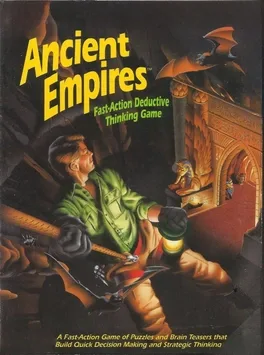
An entry in the Super Solver series, Challenge of the Ancient Empires requires players to use problem solving skills to learn about ancient civilizations.
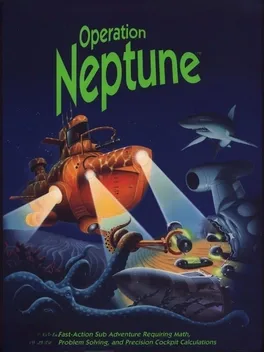
Operation Neptune is an educational computer game produced in 1991 by The Learning Company. The goal of the game is to guide a small submarine through a variety of undersea caverns, collecting pieces of a ruined space capsule. Like other games by The Learning Company, Operation Neptune is educational and was intended for players age nine to fourteen (grades five through nine). It was released as part of the Super Solvers series for a time

An "edutational" game where children use basic math skills to stop the Master of Mischief's latest fiendish plot after he takes over the local TV station.
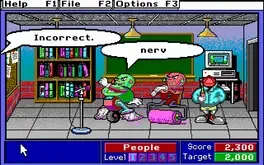
Super Solvers: Spellbound! teaches players to spell elementary-level words with a variety of colorful minigames.
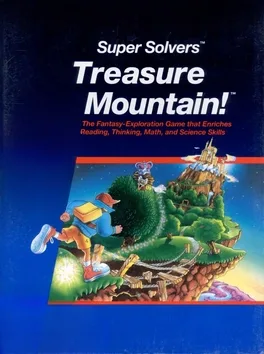
Through the use of reading comprehension and basic mathematics, players navigate Treasure Mountain in order to get the treasure at the top.
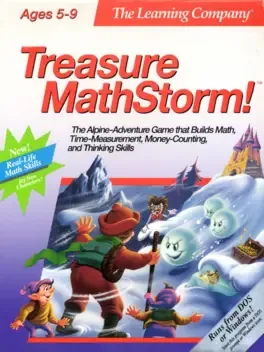
A sequel to Treasure Mountain! that focuses on basic mathematical concepts. The game takes place in a magical realm called Treasure Mountain. As the game opens, the Master of Mischief, the common antagonist to the Super Seekers games, uses a weather machine to freeze the mountain in snow and ice and scatters the castle's treasures all over the mountain. The player takes on the role of the Super Seeker, whose job is to find the scattered treasures and return them to the castle's treasure chest in order to thaw out the mountain. The mountain itself consists of three levels. The player cannot climb higher until he has gathered the supplies, like ice axes, ladders, or catapult parts, useful for scaling the mountain. To obtain these items, the players must help out the local inhabitants complete math-related tasks such as adjusting clocks to a given time, balancing scales, and counting crystals. In order to find treasures, the player must place a specific amount of snowballs at a certain location. To find out how many snowballs are needed, the player must catch an elf carrying a scroll. If he answers the riddle correctly, he will be told how to find treasures on that particular level. Once the player reaches the top of the castle on the highest level of the mountain, he deposits all treasures found into the castle's treasure chest and is given a prize as a reward for completing the three stages. This prize is kept on display in the player's clubhouse, showing how many times he has ascended the mountain. These prizes are usually children's toys, such as flutes or toy trains. From this point, the player may exit the clubhouse and start again from the bottom of the mountain. At higher ranks, the game becomes more difficult, as there will be more treasures to find, harder riddles to answer, and snowbullies that steal money.
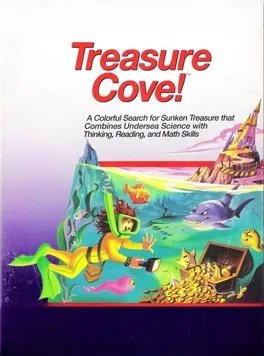
Treasure Cove! is a side-scrolling educational adventure game whose objective is to restore the destroyed rainbow bridge by collecting gems throughout the cove.
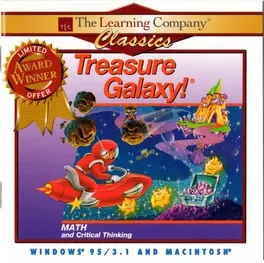
Treasure Galaxy! is an educational computer game published by The Learning Company in 1994 for both Windows and Macintosh PCs. It is aimed at children ages 5 to 9 and is intended to teach children reading, basic math, and logic skills.
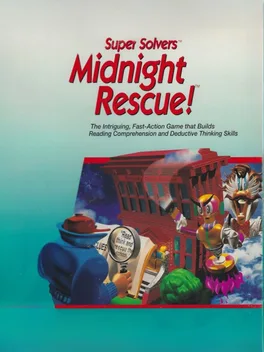
Morty Maxwell, the master of mischief, is up to his old tricks again, and this time the Shady Glen School is the target of his outlandish plot. Armed with paint that turns things invisible and five robot paintbrushes, he's trying to erase the school, and you only have until midnight to stop him. To stop the evil mastermind, kids will need to read for clues and collect evidence to determine which of the robots is really the Master of Mischief in disguise.